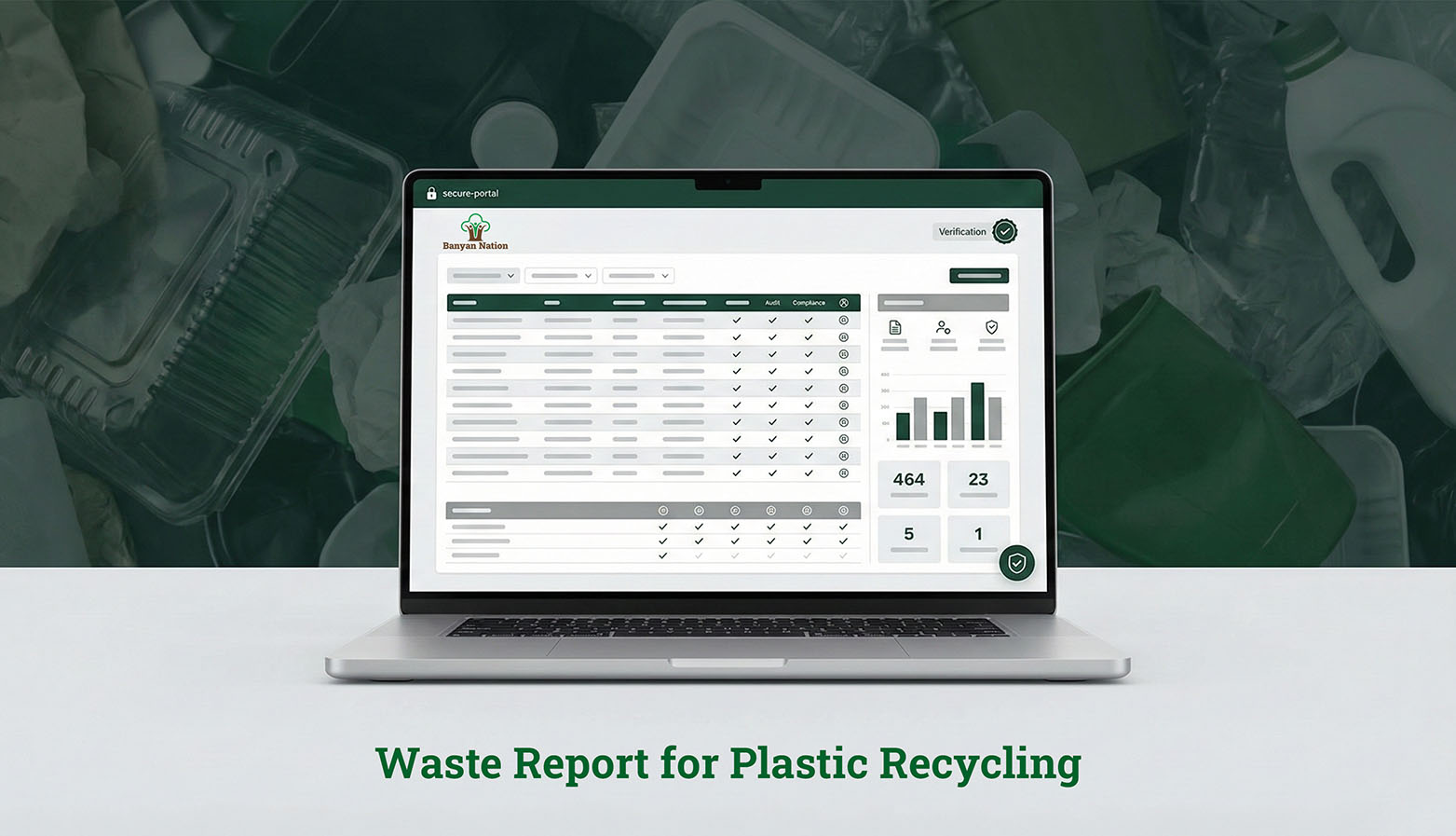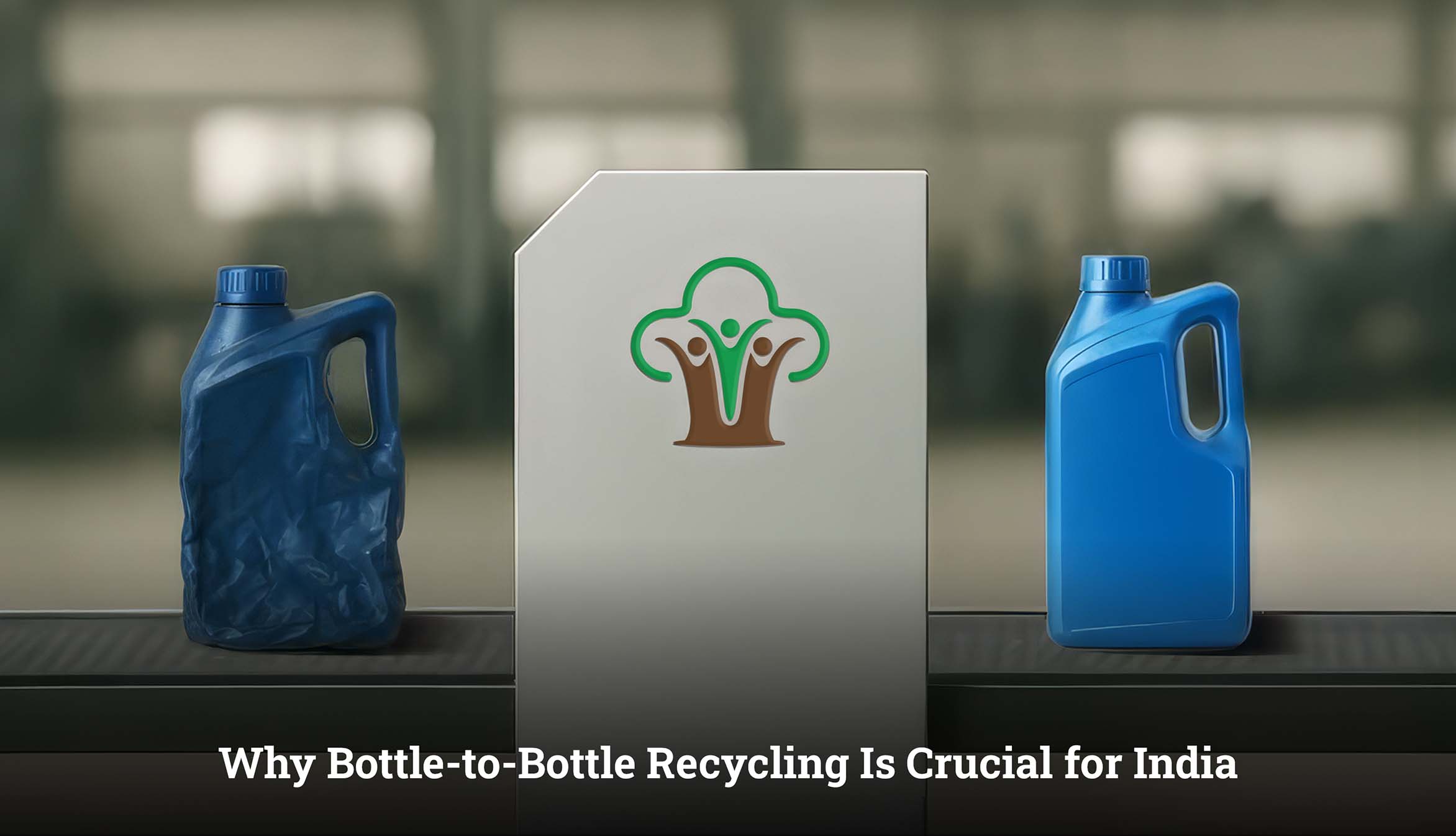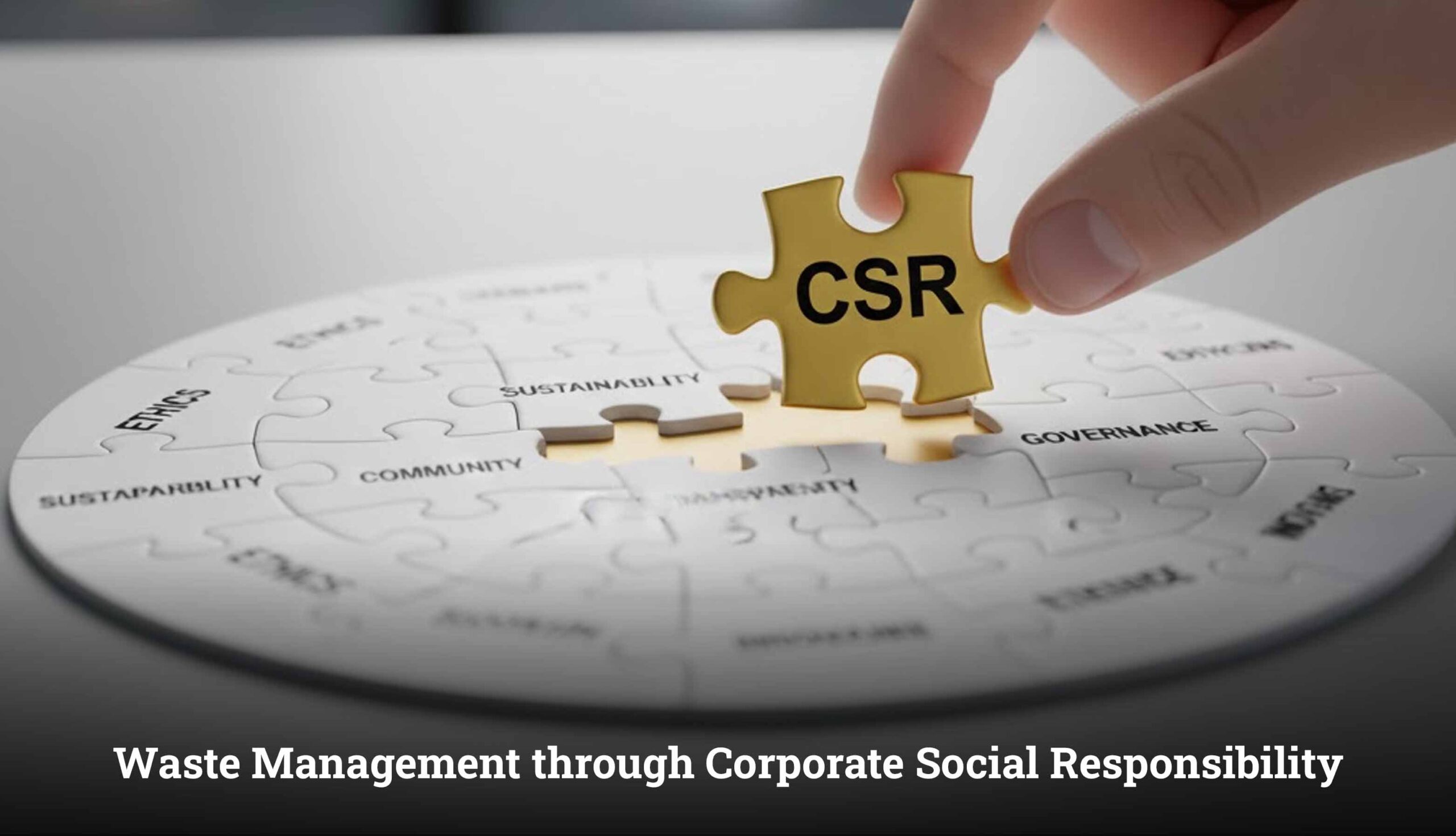Environmental sustainability can be improved by managing solid waste. When solid waste is not disposed of in the correct manner, it can have serious consequences for our ecosystems. Accumulation of solid waste can also impact public health, leading to chronic diseases.
The classification of solid waste is essential in the development of effective management systems. Determination of the causes and nature of waste allows authorities to come up with targeted interventions for reducing damage to the environment. For instance, while the effects of solid waste management techniques are being extensively researched, India’s current solid waste generation is estimated to be at 143,449 MT/day, indicating the continued need for new approaches.
Let us explore the methods of solid waste management practices that can mitigate the impact it has on our environment.
What is Solid Waste?
Solid waste can be segregated into plastics, metal, glass, e-waste, and hazardous waste, things that are no longer useful. Whether biodegradable or not, like industrial solid waste from healthcare, construction, etc, even domestic trash can be classified as solid waste. By identifying the source, the nature and the effects, we can categorise and comprehend solid waste to create efficient solid waste disposal methods.
What are the types of Solid Waste?
There are several different types of solid waste and the type can often dictate the most effective methods of solid waste management to be used:
1.Municipal Solid Waste (MSW):
Domestic waste such as food refuse, paper, plastics, and yard clippings.
2.Industrial Waste:
Created by manufacturing processes; can contain toxic chemicals and heavy metals.
3.Agricultural Refuse:
Crop residue and manure, organic in nature.
4.Medical Refuse:
Expired drugs, syringes, bandages, and other medical waste.
5.E-refuse:
Old electronic equipment such as computers, telephones, and televisions.
6.Construction Refuse:
Demolition or construction trash such as wood, bricks, and concrete.
Solid waste disposal methods should be designed such that it takes into account harmful substances so that their impact on the environment is minimised.
How Does Solid Waste Impact the Environment?
Improper disposal of solid waste or ineffective solid waste disposal methods impact the environment drastically, resulting in
Air Pollution
Open waste burning emits dangerous gases such as furans and dioxins.
Contamination of water
Landfill leachate pollutes water with toxic contaminants such as chemicals and heavy metals.
Soil Degradation
Hazardous waste changes the chemical composition of soil and decreases crop yields.
Marine Pollution
Accumulated plastics and improperly disposed of plastics end up in oceans and destroy marine life.
Health Risks
Litter that has accumulated provides breeding sites for disease carriers like rodents and mosquitoes.
What are the Methods of Solid Waste Management?
Successful methods of solid waste management involve
Recycling
Recycling of waste into a new product saves landfill area and resources.For example : bottle-to-bottle plastic waste recycling, HDPE plastic recycling and plastic packaging recycling.
Composting
Microorganisms decompose organic waste into soil amendments.
Incineration
The waste is combusted under defined conditions to produce energy but must be managed in a responsible manner so that no impacts of improper waste management, like air pollution occur.
Landfilling
Sanitary landfills of today are engineered to trap leachate and reduce environmental contamination.
Waste-to-Energy (WTE)
Technologies transform non-recyclable waste into useful energy.
Conclusion
The effects of solid waste pose a monumental threat to environmental sustainability unless handled properly. The ever-increasing amount of solid waste, and non-biodegradable waste, continues to strain ecosystems, contaminate natural resources, and affect public health. Ongoing research, sensitisation, and joint responsibility on the part of citizens, businesses, and society can help navigate the effects of improper waste disposal. Through the acceptance of the gravity of the threat we face, stakeholders can take actions to implement effective solid waste management techniques.
Efficient waste management systems need to be implemented to reduce risks along with proper source segregation of waste and through the encouragement of more recycling programs. With technological changes and policy reforms, the effectiveness lies in collaboratively embracing and participating in green measures on a large scale.
Proper waste disposal is not merely a matter of regulation but also a mass responsibility. People must be aware of their consumption patterns, limit wasteful use, and encourage green and sustainable practices. Collaborations as individuals, industries, and the government can help build a sustainable and greener country. The goal should not only be effective waste management but also to drive a circular economy where resources are utilised in a sustainable way and waste is reduced in line with waste management rules.
FAQ's
What is meant by solid waste?
Solid waste means any unwanted or unusable material which is solid in the state of matter. Household waste, industrial refuse, building rubble, plastic waste, and biodegradable waste, such as food waste, can fall under the solid waste category. Solid waste management techniques should be well adhered to avert effects of poor waste management, environmental contamination, and health risks.
What are examples of solid waste?
The examples of solid waste are as follows :
- Plastic packaging
- Leftover food
- Paper
- Glass bottles
- e-waste (such as old batteries and phones)
- Garden refuse/dried leaves
Navigating the effects of improper waste disposal of the above examples is essential. How we dispose of them determines their environmental impact. The effects of improper waste disposal results in polluted landfills and drives the need for recycling and reuse.
Can the effects of poor waste management become a problem ?
Yes, the effects of poor waste management can become a problem. Poor waste management is one of the main causes of plastic pollution, contributing to global warming and harming human health and wildlife. Overrunning landfills emit noxious gases, plastics block water courses, and toxic waste will taint soil and underground water. Appropriate Solid waste management techniques reduce these threats.
What is the best method for solid waste management?
The best method for solid waste management varies depending on the kind of waste, but the combination of methods proves to be most efficient. The 4Rs of waste management Reduce, Refuse, Reuse, and Recycle are the most important. Composting is ideal for organic waste, while sophisticated recycling methods treat plastics and metals. Waste-to-energy technologies can even transform non-recyclable waste into useful energy. The important thing is to reduce waste at the source and dispose of it responsibly.
To read more about 4Rs : What are the 4Rs of waste management its benefits and challenges

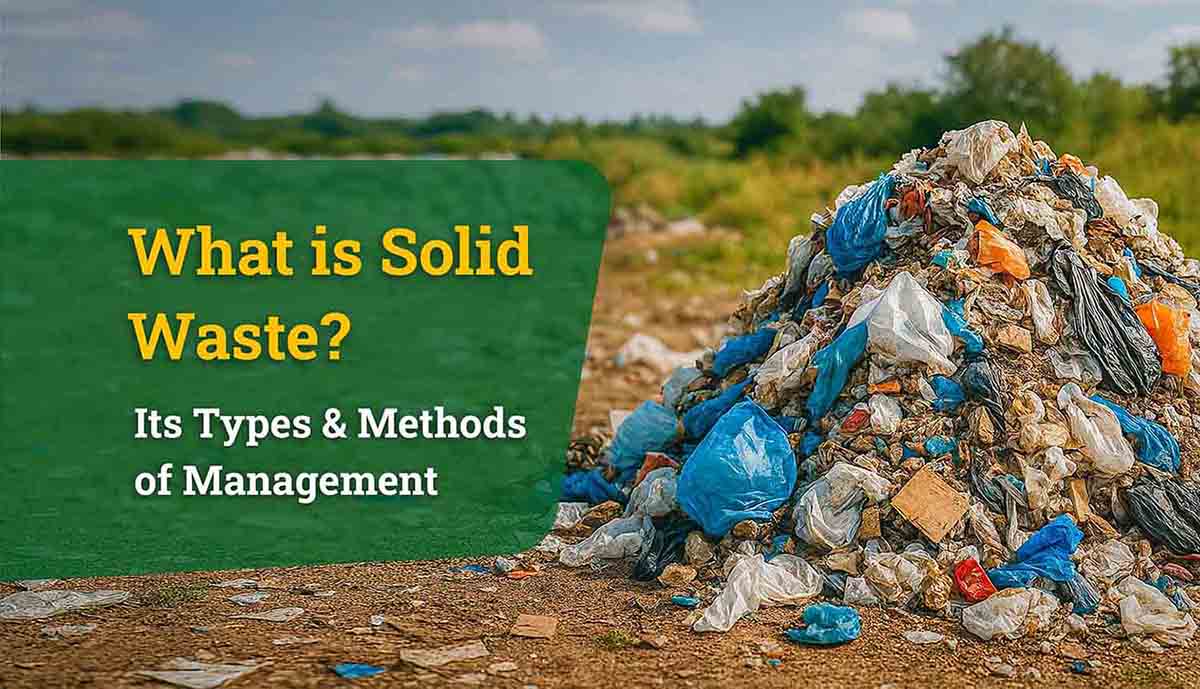
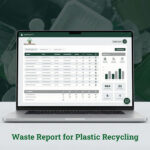 What Is Waste Reporting and Why Does It Matter in Plastic Recycling?
What Is Waste Reporting and Why Does It Matter in Plastic Recycling? What Is Bottle-to-Bottle Recycling? Why It Matters for India
What Is Bottle-to-Bottle Recycling? Why It Matters for India The Role of CSR (Corporate Social Responsibility) in Waste Management
The Role of CSR (Corporate Social Responsibility) in Waste Management What is Takeback Program & Their Role in Building a Circular Economy
What is Takeback Program & Their Role in Building a Circular Economy What Is a Waste Audit and Why Should Recycling Companies Conduct One?
What Is a Waste Audit and Why Should Recycling Companies Conduct One?